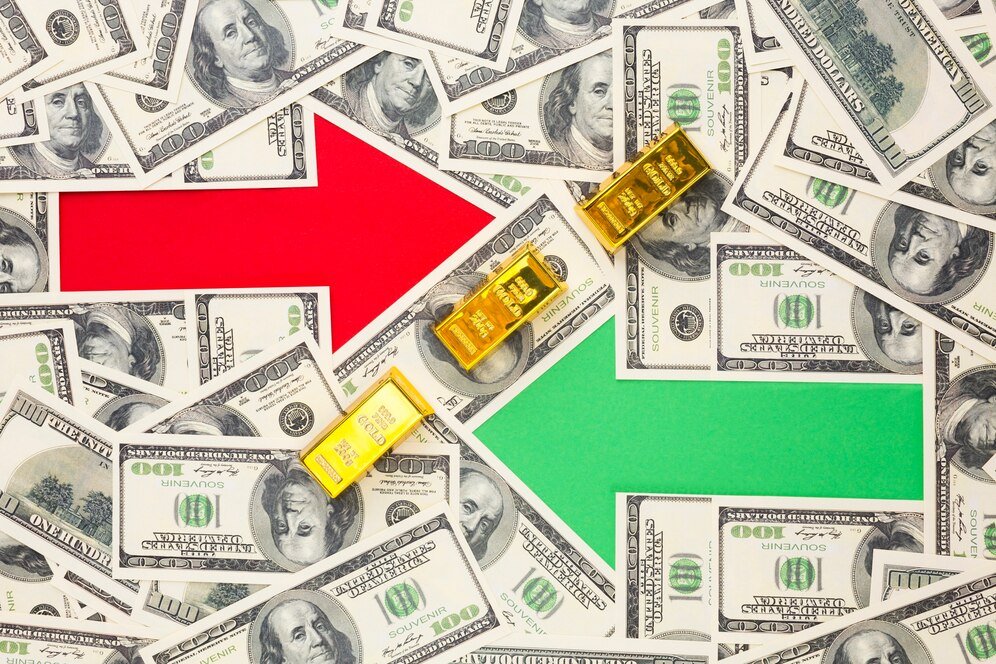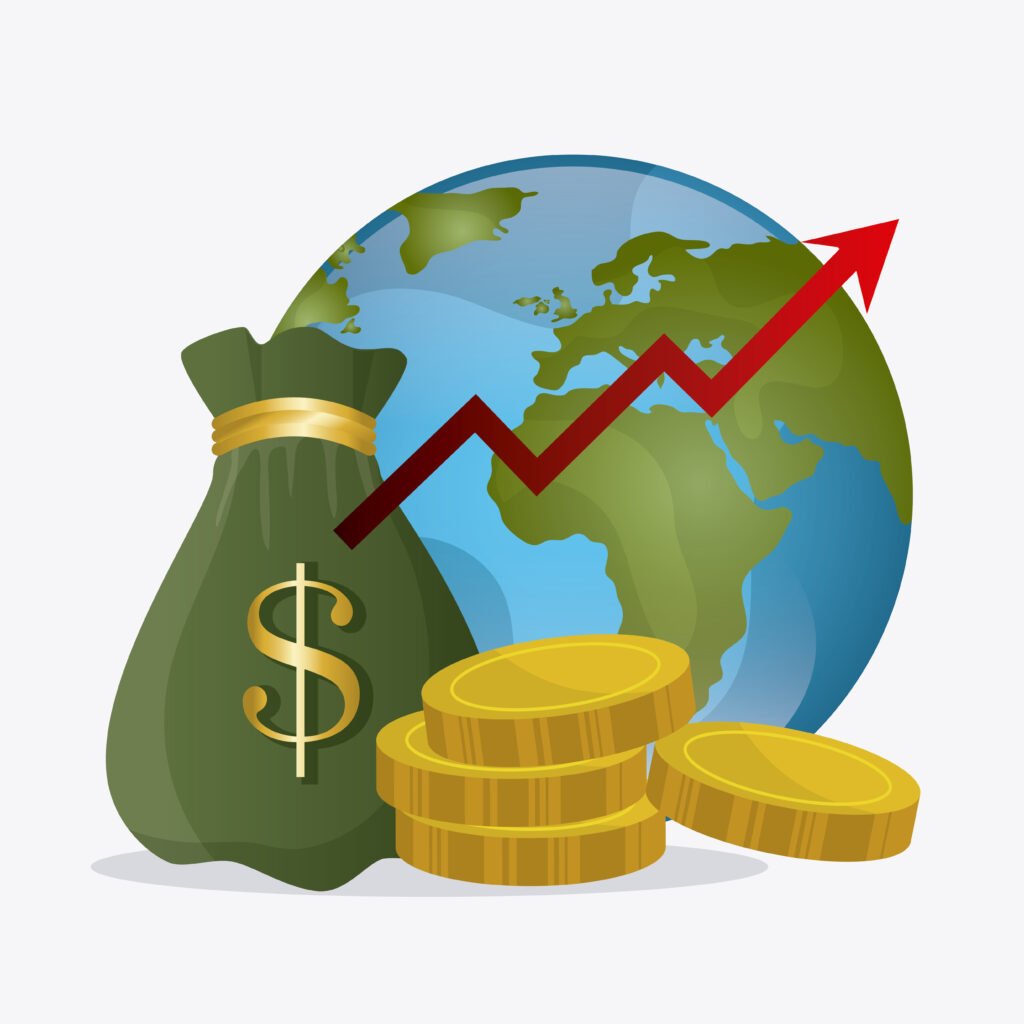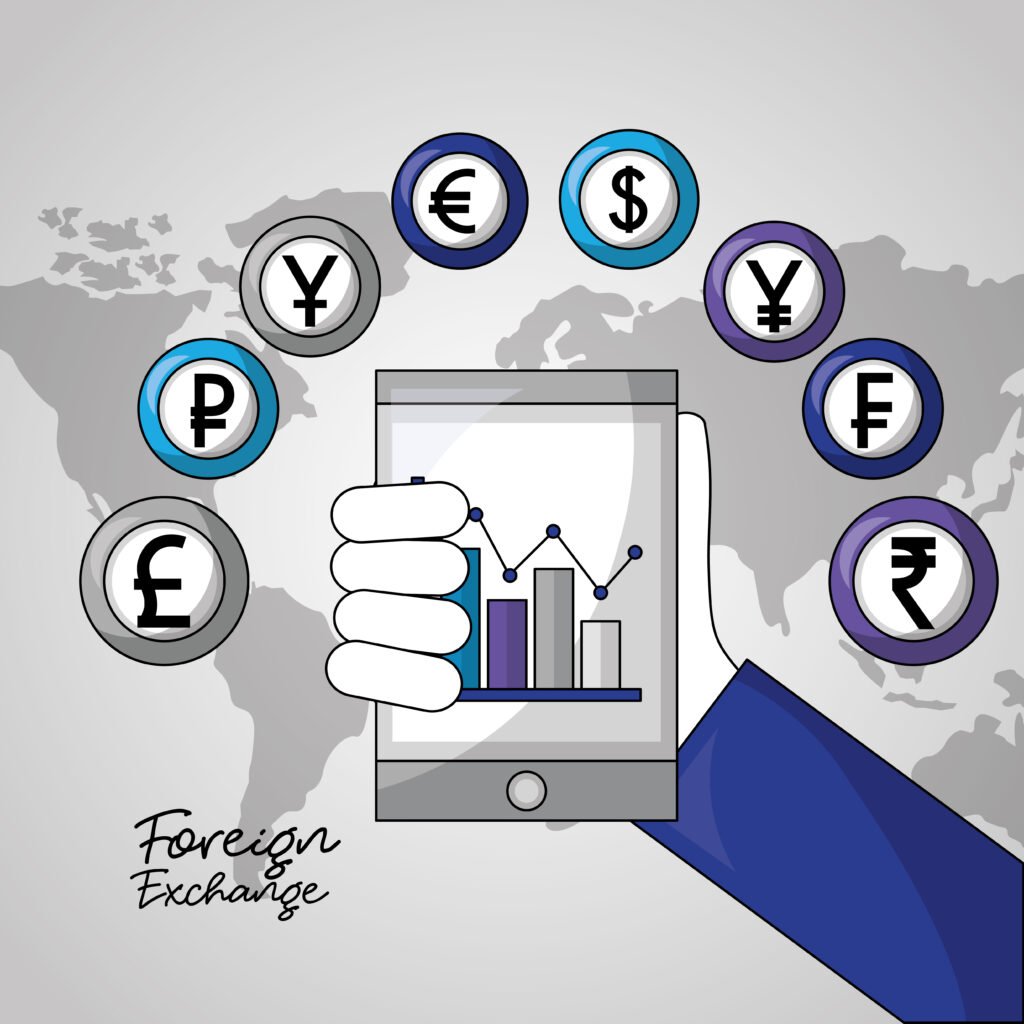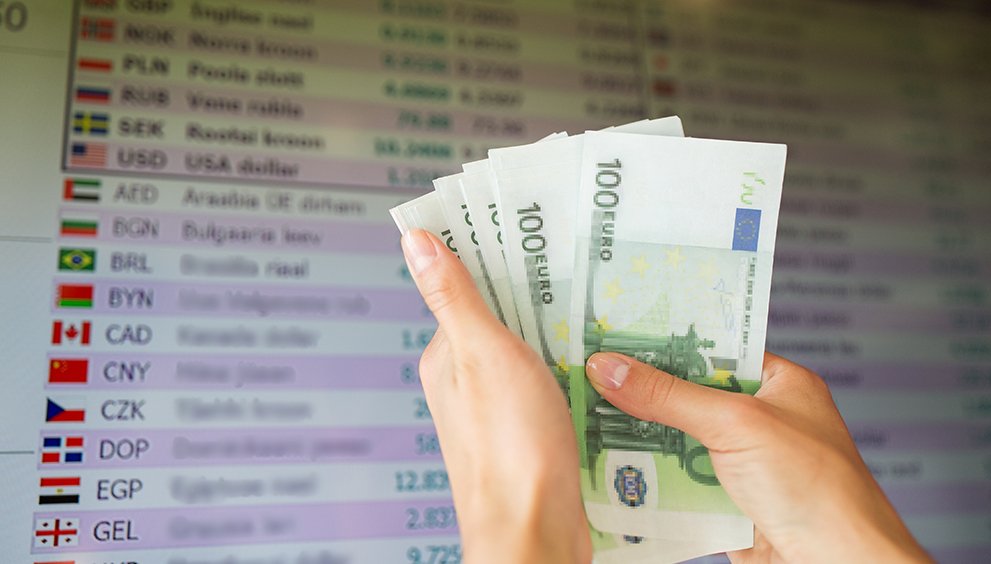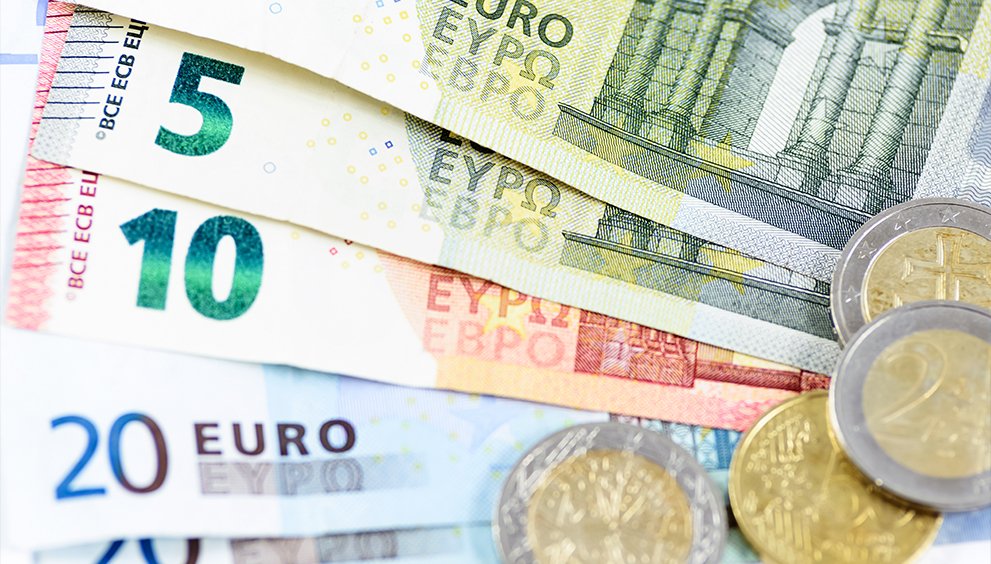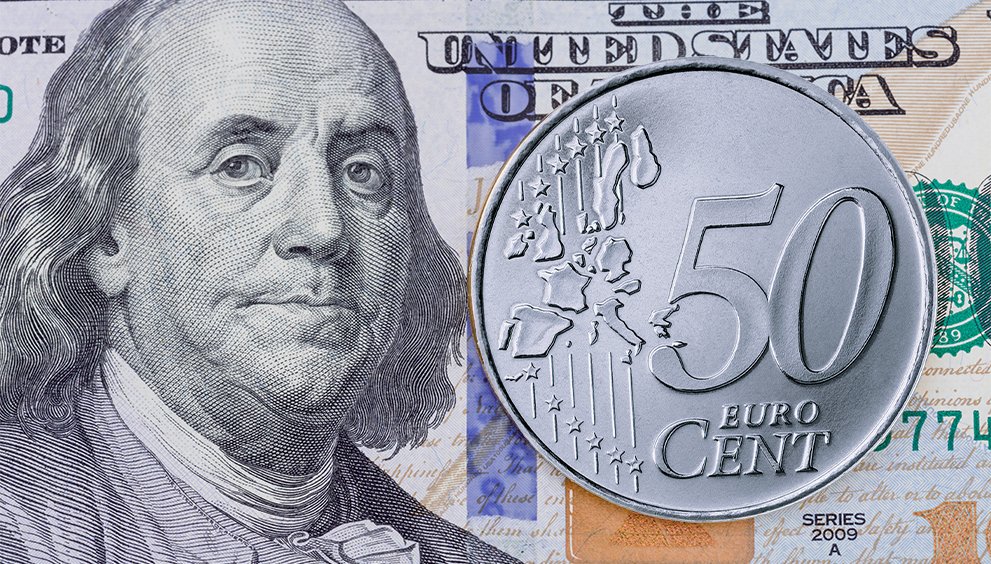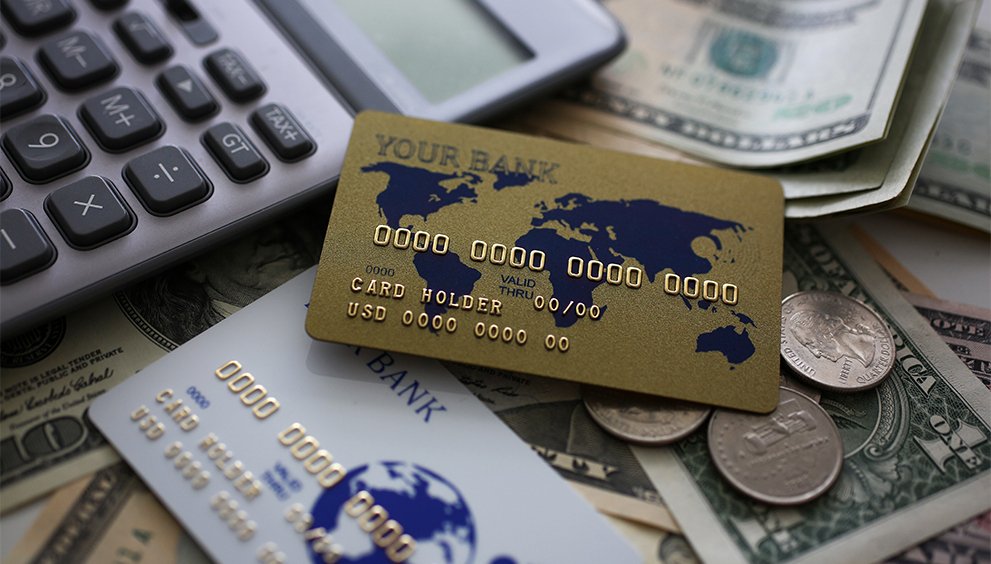EUR/GBP Buoyed Amid UK-US Trade Deal Pessimism

EUR/GBP is trading near 0.8573 amid market anticipation that Donald Trump’s tariff-related fears of a global economic slowdown could pressure the United Kingdom (UK) economy and lead to a downturn for the sterling. Growing concerns over economic risks in the UK may prompt the Bank of England (BoE) to adopt a more aggressive monetary policy easing this year. UK Prime Minister Keir Starmer has acknowledged the challenges posed by the ongoing pricing war, vowing to protect domestic businesses from the impact of President Trump’s tariffs with comments: “We are ready to use industrial policy to shield British businesses from this turmoil.” The reciprocal tariffs introduced by US President Donald Trump, along with threats of retaliatory actions from China and the Eurozone, have sparked fears of a potential recession in the US. Market speculation suggests the primary trade conflict will develop between the US and China, as China has already announced plans for countermeasures, despite Trump’s warnings against such responses following the implementation of reciprocal tariffs on April 2. While the Eurozone is also contemplating counteractions to Trump’s tariffs, it is expected to approach negotiations more cautiously. A significant trade war between the US and China could increase product dumping by Chinese firms in alternative markets. With Chinese manufacturers offering lower-priced goods, UK companies would struggle to compete in this pricing battle. Such developments would likely trigger a sharp downturn in UK business activities, further weighing on the Pound Sterling.
In contrast, the Euro stabilised, gaining traction from cautious investors amid ongoing global uncertainties and increased Eurozone retail sales. Retail sales in the Eurozone surged by 2.3% year-on-year in February, exceeding market expectations of 1.8%. However, on a month-to-month basis, retail sales only rose by 0.3%, falling short of the anticipated 0.5% increase. In April, investor sentiment in the Eurozone declined sharply, with the Sentix Investor Confidence Index plummeting to -19.5 from -2.9 in March. Germany’s industrial sector exhibited signs of contraction in February, as industrial output dipped 1.3% month-on-month, worse than the expected decline of 1.1%, marking a significant contrast to January’s 2% rebound. Year-over-year, Germany’s industrial production fell 4% in February, compared to a decrease of 1.6% in January. Additionally, Germany’s trade balance for February registered at EUR 17.7 billion, slightly below the estimated EUR 17.8 billion, yet higher than the previous figure of EUR 16 billion. Factory Orders in Germany remained unchanged in February, indicating stagnation in the manufacturing sector, with contracts for products labelled ‘Made in Germany’ steady at 0%, following a revised drop of 5% in January, which was lower than the expected 3.5% rise. Moreover, Germany’s Industrial Orders experienced a year-over-year decline of 2% in February, contrasting with a prior upward adjustment of 1%.
In today’s session, further developments on the UK-US trade deal and a speech by European Central Bank (ECB) Vice-President Luis de Guindos will be key drivers for the EUR/GBP exchange rate.

NZD/USD Recovered Ahead of RBNZ Rate Decision
NZD/USD gained ground near 0.5612 as investors brace for Wednesday’s RBNZ interest rate decision. The market speculates that the Official Cash Rate (OCR) will be reduced by 25 basis points to 3.5%, given the easing inflation, slowing economic growth, and emerging signs of weakness in the labour market. The latest NZIER Quarterly Survey of Business Opinion shows a rise in business confidence for Q1 2025, with a net 23% of firms expecting improved economic conditions, up from 9% in the previous quarter. Meanwhile, China’s decision to impose a 34% tariff on all US imports in retaliation for President Trump’s tariffs has escalated trade tensions between the US and China. The Trump administration recently announced a 10% baseline tariff on all US imports, resulting in China facing tariffs of at least 54% on many goods. In response, China retaliated with 34% tariffs on US imports, marking a significant escalation in the trade war between the two largest global economies. As China is a major trading partner for New Zealand, this could exert downward pressure on the Kiwi.
On the other hand, the escalating concerns over the global trade war triggered by US President Donald Trump dampened the greenback. However, a better-than-anticipated US Nonfarm Payrolls (NFP) report and hawkish comments from Federal Reserve (Fed) Chair Jerome Powell bolstered the greenback. The US Nonfarm Payrolls (NFP) data for March surpassed expectations by a wide margin. Employers added 228K jobs, significantly higher than the projected 135K and the previous figure of 117K. However, the unemployment rate inched up to 4.2%, surpassing the anticipated rate and the prior figure of 4.1%. Average Hourly Earnings increased by 3.8% year-on-year, falling slightly short of the expected 3.9% and the previous reading of 4%. On Monday, Chicago Federal Reserve Bank President Austan Goolsbee expressed concerns about the potential economic impact of tariffs. He warned: “The anxiety arises if these tariffs are as severe as those threatened by the US, leading to massive retaliation and further counter-retaliation, which could push us back to the conditions seen in 2021-22 when inflation spiralled out of control,” according to a Reuters report. Goolsbee emphasised that the focus should remain on analysing “hard data” and monitoring any signs of “stagflation.”
In upcoming sessions, the Reserve Bank of New Zealand’s (RBNZ) interest rate decision and escalating US-China trade tensions will shape the market sentiment around the NZD/USD exchange rate.

AUD/JPY Gains as Global Sentiment Improves
AUD/JPY climbed to 89.18 as the global risk sentiment improved, and China’s stimulus plans supported the risk-sensitive Aussie. On Tuesday, the People’s Bank of China (PBoC) announced its intent to support a sovereign fund as necessary, reiterating its commitment to purchasing additional stocks. In a statement, China’s central bank indicated that it would enhance funding aid through a re-lending program to Central Huijin Investment Ltd. whenever needed to maintain stability in the capital markets. Last Friday, China announced it would impose 34% counter-tariffs on the US, set to take effect on Thursday, in retaliation for Trump’s tariffs. On Tuesday, China’s Foreign Ministry stated that “US actions do not demonstrate a willingness for serious talks” and emphasised that if the US wants negotiations, it must approach them with equality and respect. The Ministry further asserted, “If the US insists on a trade war, China will fight until the end” and “China will take necessary measures against the latest tariff threats.” In response to the US’s latest threat to escalate tariffs, the Chinese Commerce Ministry stated on Tuesday that the US move was “a mistake on top of a mistake.” China rejected the US approach’s “blackmail nature” and urged the US to immediately correct its “wrong practices” by cancelling all unilateral tariffs against China. China firmly opposes the move and will take countermeasures if the US enacts additional 50% tariffs. Any additional tension between the US and China will significantly affect the Australian economy, putting pressure on the Aussie dollar.
In contrast, growing anticipation that the Bank of Japan (BoJ) will persist in increasing interest rates in 2025, alongside indications of widespread domestic inflation, strengthened the yen. Additionally, fears of a potential recession in the US following Trump’s sweeping reciprocal tariffs redirect safe-haven flows to the yen, strengthening it. Monday’s economic data revealed that in February, nominal wages in Japan increased by 3.1% compared to a revised 1.8% rise from the previous month. However, inflation-adjusted real wages fell by 1.2% in February, marking the second consecutive month of decline, indicating that elevated inflation impacts earnings. The consumer inflation rate, which the Ministry uses for calculating real wages and includes fresh food but excludes rent, rose 4.3% year-on-year, slightly down from a 4.7% increase in January. On the global front, remarks from US Treasury Secretary Scott Bessent indicated that he would lead the talks, emphasising the significance of the US-Japan alliance and stating that the discussions will cover tariffs, non-tariff barriers, currency policies, and government subsidies. Late Monday, he noted that a trade offer from Japan had not yet arrived. Bessent highlighted that the non-tariff trade barriers from Japan are quite significant. Nevertheless, he conveyed a sense of optimism regarding the forthcoming discussions.
Investors will monitor Bank of Japan (BoJ) Governor Kazuo Ueda’s speech for fresh impetus on the AUD/JPY exchange rate.

EUR/USD Struggles Despite Upbeat Retail Sales Data
The EUR/USD dipped to 1.0930 as market participants reacted to Trump’s recent trade tariffs, fearing they could ignite a global trade war and harm the world economy. Anticipation of the Federal Reserve soon restarting its rate-cutting cycle, due to concerns over the economic consequences of Trump’s aggressive trade approach, weakened the dollar. Fed Governor Adriana Kugler stated on Monday that the US central bank should prioritise controlling inflation, highlighting that while short-term expectations have increased, long-term expectations remain stable. She reaffirmed that Fed officials are committed to the 2% inflation goal. In addition, Austan Goolsbee, President of the Chicago Federal Reserve Bank, raised alarms about the potential economic repercussions of tariffs. He cautioned: “The worry lies if tariffs are as drastic as those threatened by the US, potentially leading to severe retaliation and further counter-retaliation, which might revert us to the conditions observed in 2021-22 when inflation surged uncontrollably,” according to a Reuters report. Goolsbee stressed the importance of focusing on analysing “hard data” and observing any indications of “stagflation.”
On the other hand, European Commission President Ursula von der Leyen recently expressed a willingness to negotiate with the United States over tariffs, stating, “We are ready for a good deal but also prepared to take countermeasures,” supporting the Euro. At the same time, European Central Bank (ECB) policymaker Yannis Stournaras warned on Monday that “Trump tariffs risk a large euro-area demand shock,” according to the Financial Times. He further noted that the impending global trade war will likely substantially impact Europe’s economic growth, estimating a potential slowdown of 0.5 and 1 percentage points for the Eurozone.
On the data front, Eurozone retail sales rose 2.3% YoY in February, exceeding expectations of 1.8%, but monthly growth was just 0.3%, below the forecast of 0.5%. Investor sentiment in the Eurozone weakened significantly in April, with the Sentix Investor Confidence Index dropping to -19.5 from -2.9. Germany’s industrial output fell 1.3% MoM in February, worse than the anticipated 1.1% decline, marking a sharp contrast to January’s 2% growth. Year-over-year, Germany’s industrial production decreased by 4%. The trade balance for Germany was EUR 17.7 billion, slightly below the expected EUR 17.8 billion. Factory orders and industrial orders in Germany showed stagnation and a 2% YoY decline, respectively.
In today’s session, ongoing fears over recession risk and a speech by European Central Bank (ECB) Vice-President Luis de Guindos will shape the EUR/USD movements.
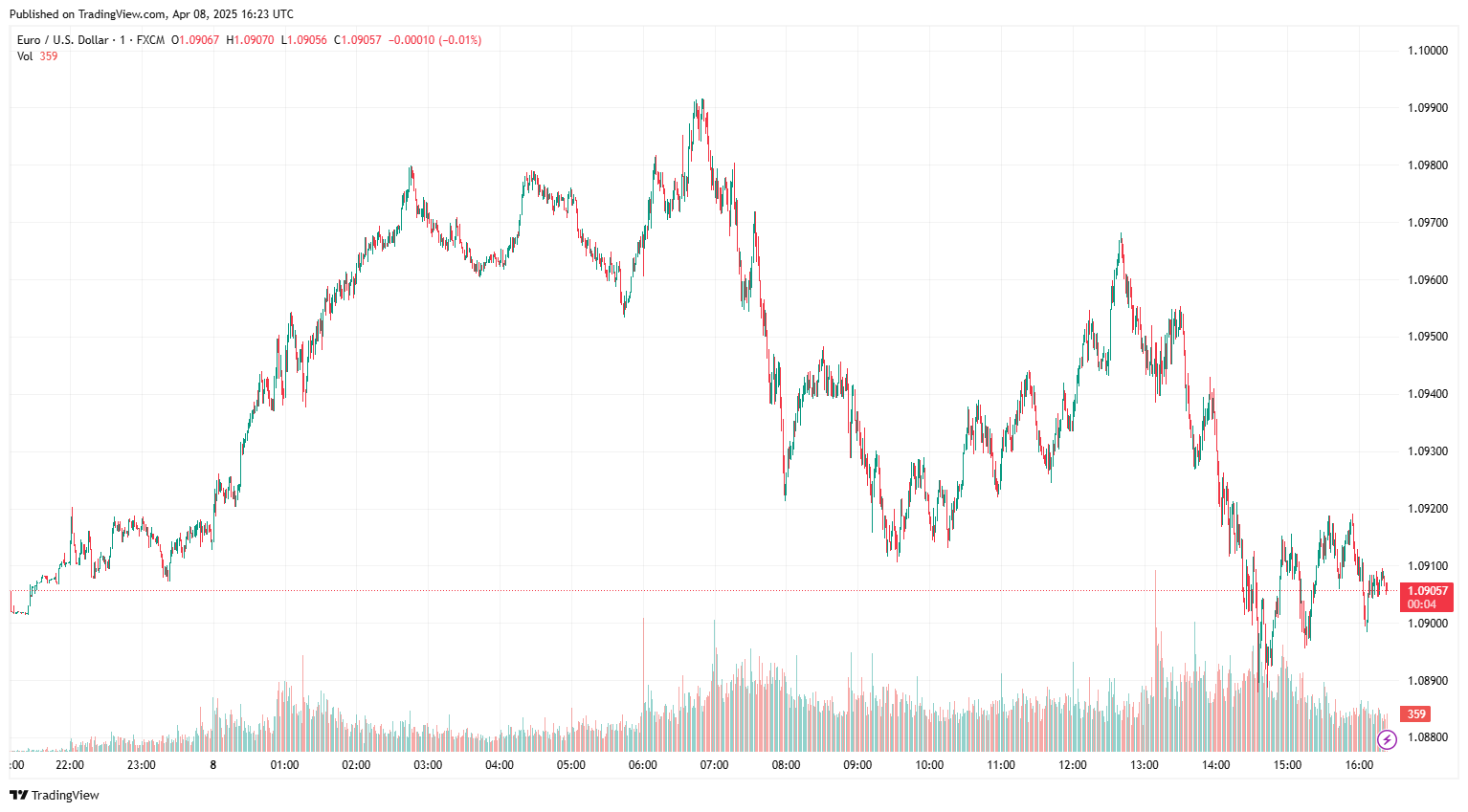
For more details click here


 English
English 
















